The significance of safety and protective gear within the construction sector cannot be overstated. To avert accidents on the job and provide a healthy work environment, safety gear must be an integral element. The benefits of these protective elements extend beyond safeguarding the workforce; they also assist in reducing workplace mishaps, protecting against potential hazards, and ensuring compliance with industry regulations.
Protection against potential hazards
One of the most compelling reasons to don proper safety gear in the construction industry is protection against potential hazards. Workers are regularly exposed to an array of risks, including falling objects, hazardous materials, and heavy machinery. The use of safety equipment, like helmets, safety goggles, and high-visibility clothing, can drastically decrease these risks. But remember, the purpose isn’t just to wear them; the gear must be used correctly to ensure maximum protection. It’s something we emphasize on our blogs, particularly in our post discussing Safety Tips for Construction Workers.
Reduction of workplace accidents
The implementation of safety and protective gear can significantly reduce the occurrence of workplace accidents. These accidents can lead to serious injury or, in the worst case scenario, death. According to the US Bureau of Labor Statistics, in 2019, there were 5,333 fatal work injuries recorded in the United States, a two percent increase from the 5,250 reported in 2018. This shows just how critical it is to maintain safety measures within this high-risk industry.
Compliance with industry regulations
Finally, ensuring that workers have and utilize the appropriate safety gear isn't just a best practice; it's the law. OSHA (Occupational Safety and Health Administration) lays out a comprehensive set of regulations companies must adhere to, ensuring worker safety. Violation of these laws can lead to severe penalties, potentially damaging a company's reputation and potentially leading to operational shutdowns.
These reminders serve to emphasize the significance of safety and protective equipment in the construction industry. They not only provide a safer work environment, but they also protect from potentially career-ending injuries, reduce the risk of accidents, and ensure compliance with the law. It's a seemingly small step in the grand scheme of things, but it makes a significant difference to the safety of everyone involved.
Workplaces, more so in the construction industry, can be risky environments. To ensure safety, proper protective gear is paramount. Today, we delve into the essential protective gear for construction work, providing a comprehensive understanding to ensure that you're adequately protected while on the job.
Protective Clothing
Protective clothing forms the first line of defense against common hazards in construction sites, such as rough materials, electric shocks, sharp objects, and spills of dangerous substances. Workers should always wear:
- Work pants with robust material and multiple pockets for carrying tools
- High-visibility jackets that make workers easily noticeable
- Insulated bibs for cold weather conditions
- Flame-resistant clothing for jobs with a fire risk
A detailed Guide to Protective Construction Gear will provide further insights on the best protective clothing for each job.
Safety Footwear
Construction workers should never underestimate the importance of safety boots. Aside from offering comfort during long hours of work, they provide vital protection against:
- Punctures when stepping on sharp objects
- Crush injuries from falling debris
- Slips and falls on slippery terrains
Eye Protection
In a profession where potentially eye-damaging materials like dust and debris are always present, eye protection is essential. Safety glasses and goggles are the common protective gear for the eyes. They protect a worker's eyes from harmful particles, flying debris, chemical splashes, and harmful rays when welding.
Head Protection
Head protection is vital to guard against brain injuries that can result from falling or flying objects, and accidental head bumps against hard surfaces. A hard hat is the standard head protective gear in a construction site. It's crucial to ensure it fits correctly and is in good condition.
Hand Protection
Working with bare hands in a construction site can cause injuries like cuts, burns, and even fractures. Gloves offer needed protection. Construction workers should choose gloves based on their work. For instance, workers handling heavy equipment will need gloves with high impact resistance, whereas those dealing with chemicals require chemical-resistant gloves.
Respiratory Protection
Finally, respiratory protective equipment is crucial, especially when working in dusty environments or places with dangerous fumes. The gear - usually masks or respirators - filters out harmful particles from the air, protecting workers from respiratory health complications.
Whether you're new to the industry or a seasoned professional, understanding the essential protective gear for construction work is critical. It's all about preventing workplace injuries and keeping you safe and productive on the site.
The need to enhance safety during construction operations has always been at the forefront of the industry. In the continual pursuit to keep workers safe, breakthrough technological innovations have been introduced that could revolutionize construction safety gear for 2024. This piece explores three game-changing safety gear categories: Smart helmets, Exoskeletons, and Wearable safety devices.
Smart Helmets
When it comes to on-site safety, head protection ranks high on the list of necessities. Smart helmets are the next wave of enhanced protection. They are equipped with features like built-in cameras for real-time video recording, integrated communication systems, and sensors that monitor environmental conditions. A few standout functions are:
- Automatic alert system for impact detection or falls.
- Real-time tracking of workers to locate them effortlessly within the construction site.
- Augmented Reality (AR) elements that facilitate on-site coordination and facilitate mapping.
These features not merely secure a higher degree of safety; they boost productivity, contribute to better project management, and improve communication.
Exoskeletons
One can't discuss groundbreaking 2024 construction safety gear and not mention exoskeletons. Emerging from the realm of science fiction into actual construction sites, these wearable machines lend their users superhuman strength, could prevent strain injuries, and significantly reduce fatigue.
Exoskeletons, diverse in design and application, mainly offer:
- Enhanced strength for heavy lifting
- Increased endurance for tasks that demand repetitive movement
- Equilibrium support to prevent fall hazards
These innovative devices intend to transform how construction tasks are performed while maintaining the utmost worker safety.
Wearable Safety Devices
Wearable safety devices are revolutionizing safety measures with smart technologies that focus on timely hazard identification and prevention. These compact, resourceful devices can be easily worn as vests, wristbands, or badges and are empowered to:
- Monitor workers' vital signs to foresee health issues.
- The ring alert alarms when they come in proximity to dangerous zones.
- Track workers' locations to ensure their safety on the site.
Wearable safety devices are a testament to how advances in technology can tangibly improve on-site safety conditions.
As the construction industry nudges into 2024, safety gear isn't just about raw protection anymore - it's about intelligence, adaptability, and optimization. These technologies mark a significant leap, taking safety measures from reactive responses to potential hazards to proactive prevention solutions. Undoubtedly, next-generation safety gear advances, like the Innovations in Construction Gear, will continue to redefine the safety standards of the construction industry. Their effectiveness in practical application promises an exciting future for the well-being of the sector's most valuable asset - the workers.
Working in the construction industry often implies being exposed to a series of potential hazards. One effective way of negating these risks is to ensure you have the right protective gear. From helmets and gloves to safety boots and visibility vests, each piece of equipment plays a critical role in safeguarding workers. But how do you select the correct protective gear that is not only comfortable but also up to the safety standards? Below are some essential considerations to help you in this decision.
Consider the Work Environment
When deciding on the appropriate protective gear, one key factor is the work environment. Different settings harbor varying hazards; for instance, a site with lots of dust and debris will demand goggles to shield your eyes, while a highly noisy environment calls for ear protection. If you are predominantly outdoors and exposed to adverse weather conditions, you might get insightful guidance by Choosing the Best Rain Gear. Remember, weather can change rapidly, and the last thing you want is to be caught in a downpour without proper rainwear. Understanding the environment you're operating in will lead you to safe and practical gear choices.
Assess the Level of Risk
Every construction site has unique risks, and the protective gear should address these specific potential dangers. Consider the following points:
- What type of work will you be doing?
- Are you likely to encounter falling objects?
- Could you get exposed to harmful substances?
- Will the site have excessive noise, requiring ear protection?
Assessing these possible hazards will guide you in determining which protective gear you need. For instance, if you're at risk from falling objects, a hard hat is indispensable. If the job involves contact with hazardous materials, you will require gloves and goggles resistant to the specific substance.
Ensure Correct Fit
An often overlooked—but crucial—aspect of choosing protective equipment is ensuring a correct fit. Ill-fitted protective gear can cause discomfort and even impede your ability to perform tasks efficiently. More importantly, gear that doesn't fit properly may not provide the intended level of protection, thus defeating its purpose. Therefore, always try on any protective gear before buying or approving for use, paying particular attention to:
- Observing that the helmet doesn't wobble or slide off
- Verifying that the gloves allow you to grip items securely
- Ensuring that visibility vests and coveralls don’t hinder your movements
- Checking if boots are comfortable enough to wear for prolonged hours
Selecting the right protective gear for construction work isn't merely a matter of compliance but an essential safety measure. By considering your work environment, assessing the level of risk, and guaranteeing an adequate fit, you can effectively enhance safety and productivity.
In the dynamic and ever-evolving world of business, safety remains paramount. As industries navigate this landscape, keeping informed about the latest safety regulations and standards can be a daunting task. However, it doesn't need to be. With tools, resources, and appropriate strategies in place, staying up-to-date can become second nature. If you want to enhance your business's safety operational efficiency, you need to have a comprehensive understanding of three key areas: OSHA standards, ISO standards, and industry-specific standards.
OSHA Standards
OSHA, or the Occupational Safety and Health Administration, enforces regulations in the US designed to ensure that employees operate in a safe and health-friendly environment. Even if your organization is not based in the U.S., understanding these standards is useful given OSHA's influence and respect worldwide.
- Awareness: Staying abreast of OSHA standards begins with a commitment to awareness. This involves subscribing to the organization's regular updates, attending workshops, and continually educating oneself about the existing and emerging standards in your industry sector.
- Implementation: Comprehending the standards is only half the battle won. Implementing these guidelines through regular employee training and awareness campaigns is integral to a compliant and safe work environment.
ISO Standards
International Standards Organization (ISO) creates and publishes globally recognized rules and guidelines to optimize operations and ensure quality, safety, and efficiency. ISO certification can significantly enhance your business's reputation, especially in international markets.
- Research: Do some homework to pinpoint which ISO standards apply to your business. Remember, ISO has over 21,000 standards, each tailored to specific industries and operational areas.
- Implementation: Similar to OSHA, once you've identified the appropriate standards, the next step is promoting their adoption across your organization. Regular audits can help ensure compliance and identify areas for improvement.
Industry-Specific Standards
Besides the broader OSHA and ISO guidelines, businesses also need to consider industry-specific standards. Whether you operate in construction, healthcare, food processing, or technology, each sector has unique operational requirements and safety standards to which you must adhere.
- Networking: Active participation in industry forums, conferences, webinars, and networking events can help keep you informed about sector-specific standards. These platforms can also provide invaluable insights from peers and industry experts.
- Tailored Implementation: Ensure that safety norms specific to your industry are not merely adopted but adapted to fit into your unique business model and operational structure.
Remember: Staying ahead of the curve when it comes to safety regulations is pivotal in ensuring a smooth run for businesses. Meeting and exceeding these standards reflects your commitment not only towards your employee safety but also towards becoming an ethically responsible business. Safety isn't simply a compliance box to tick off; it's an investment into the well-being of your organization, employees, and the community you serve.
Adapting to the pace of modern construction work necessitates a thorough understanding of protective gear. It contributes significantly to the safety and well-being of workers, and plays a substantial role in minimizing mishaps and ensuring compliance with industry regulation.
From classic gear like protective clothing, safety footwear, and eye protection, to burgeoning 2024 innovations like smart helmets, exoskeletons, and wearable safety devices, the scope of safety gear in the construction industry continues to broaden. It's essential to choose the right protective gear based on the work environment, risk level, and ensuring a correct fit.
Furthermore, staying abreast with safety regulations and standards, including OSHA, ISO, and industry-specific standards, empowers companies to maintain safety at all times, uphold their legal compliance and create an environment that puts the well-being of employees first.
In short, as we look ahead at 2024, the emphasis on protective gear in construction remains paramount. It's an investment that reaps significant rewards—not just in preventing workplace injuries and fatalities, but in fostering a culture that prioritizes the vitality of its workers above all else. It's proof that in construction, as in life, safety isn't just a protocol—it's a mindset.
Frequently Asked Questions
-
What are the most essential protective gears for construction work in 2024?
The most essential protective gears for construction work in 2024 include: 1. Hard hat, 2. Safety goggles, 3. High-visibility clothing, 4. Steel-toe boots, and 5. Ear protection.
-
Why is a hard hat important in construction work?
A hard hat is essential in construction work as it protects the head from falling objects, debris, and potential impacts that can cause head injuries. It is a crucial safety measure to prevent serious accidents and maintain worker safety.
-
What are safety goggles used for in construction work?
Safety goggles are used in construction work to protect the eyes from dust, debris, chemical splashes, and other potential hazards. They help prevent eye injuries and ensure clear vision, allowing workers to perform their tasks safely.
-
Why is high-visibility clothing necessary for construction work?
High-visibility clothing is necessary for construction work as it makes workers more visible to others, including heavy equipment operators and fellow workers. It reduces the risk of accidents by ensuring that workers are easily spotted on construction sites, especially in low-light conditions.
-
What is the purpose of steel-toe boots in construction work?
Steel-toe boots are designed to protect the feet from heavy falling objects, compression, punctures, and electrical hazards in construction sites. They provide necessary foot safety and prevent serious injuries that may occur in the construction environment.

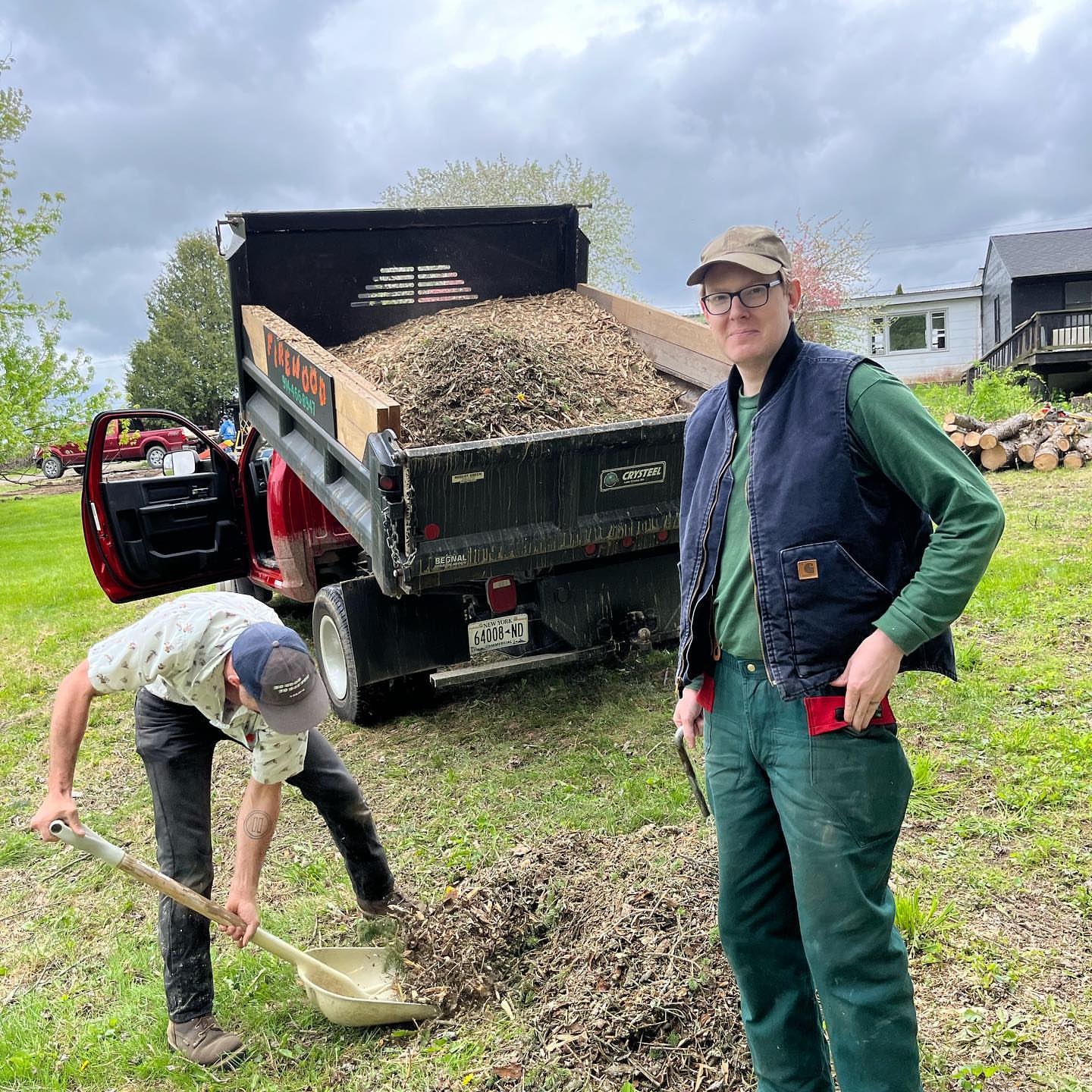
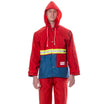
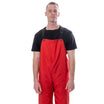
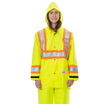
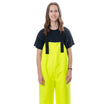
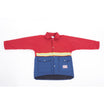
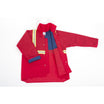

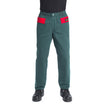
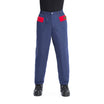
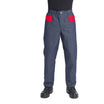
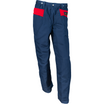
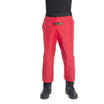
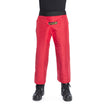
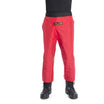
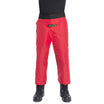

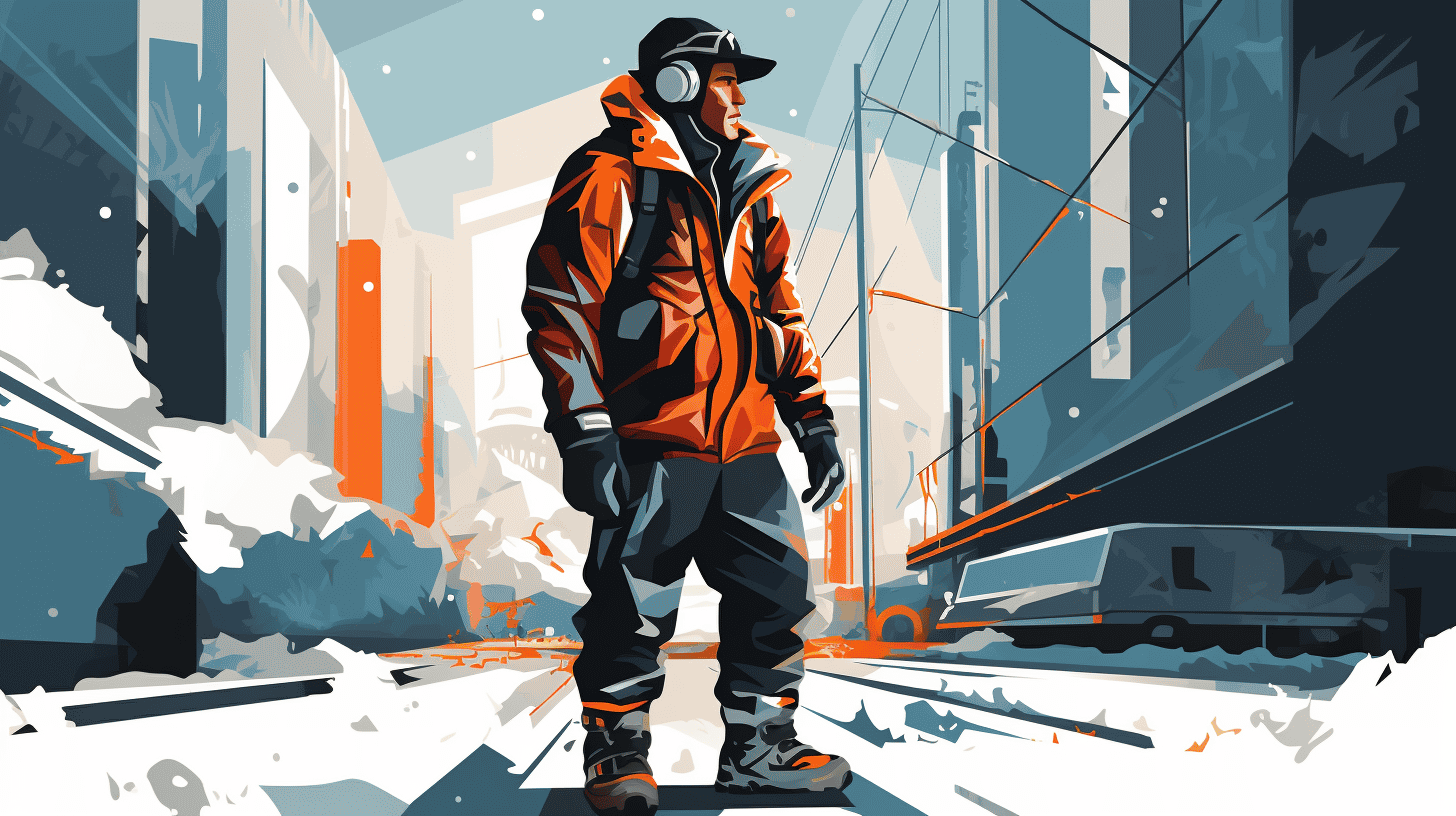
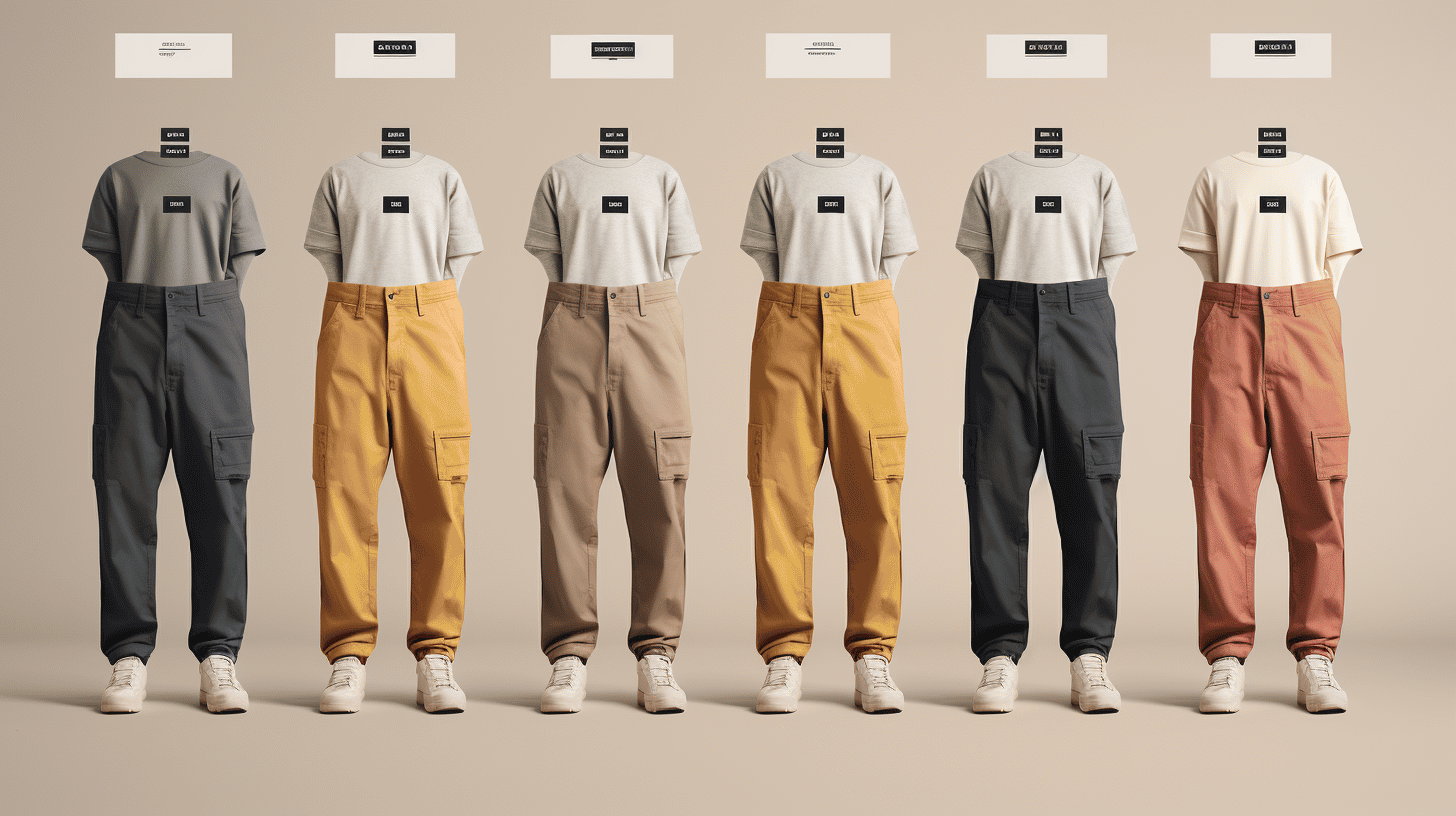
Leave a comment
This site is protected by hCaptcha and the hCaptcha Privacy Policy and Terms of Service apply.